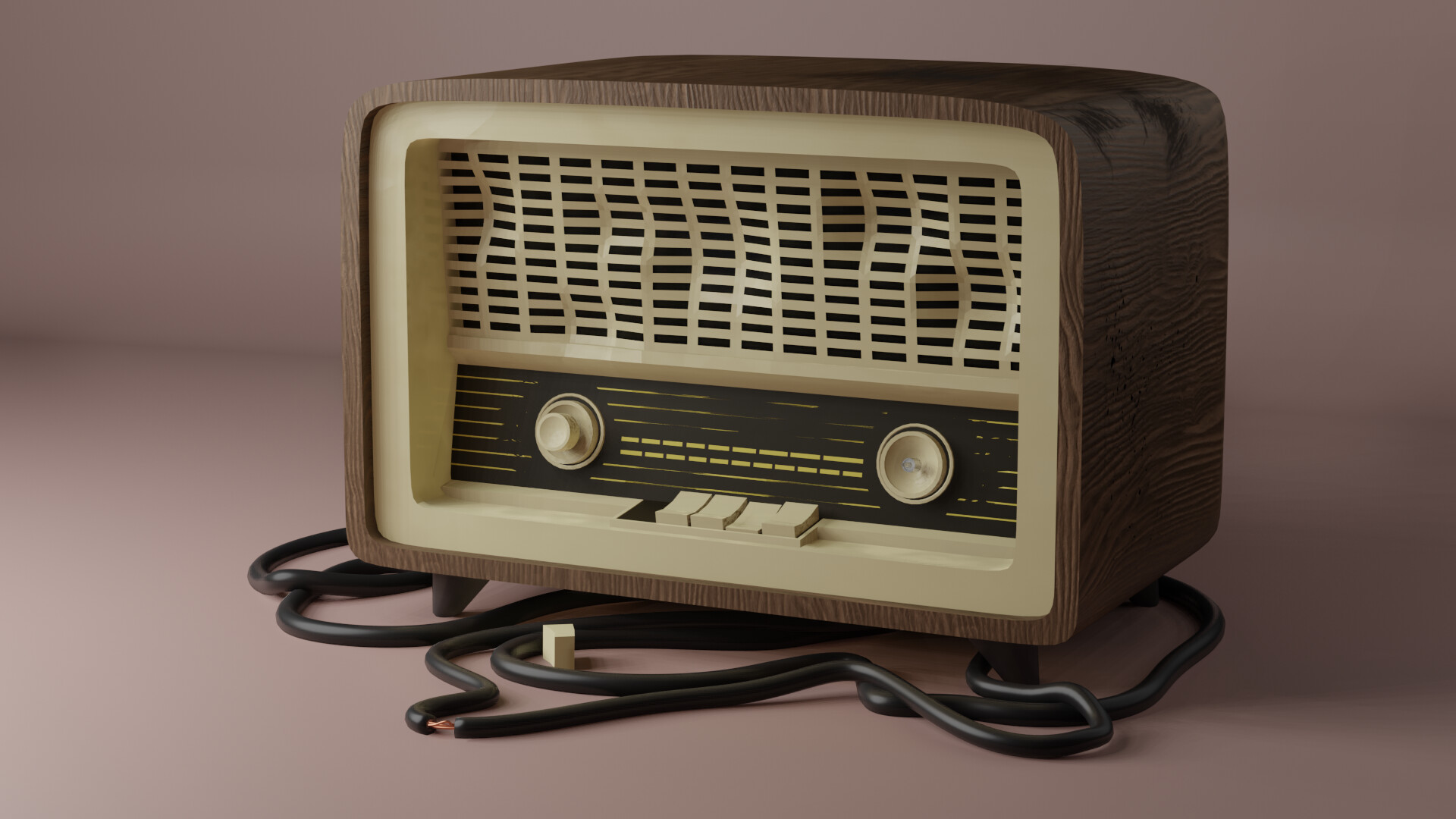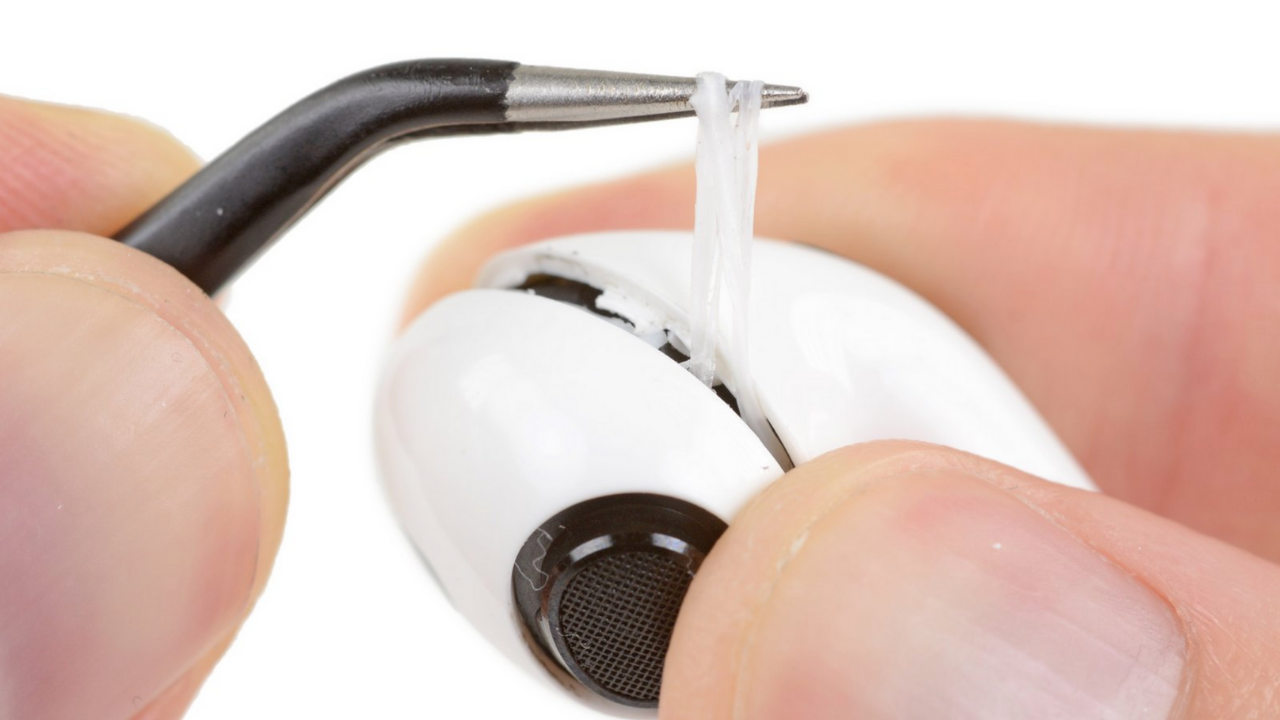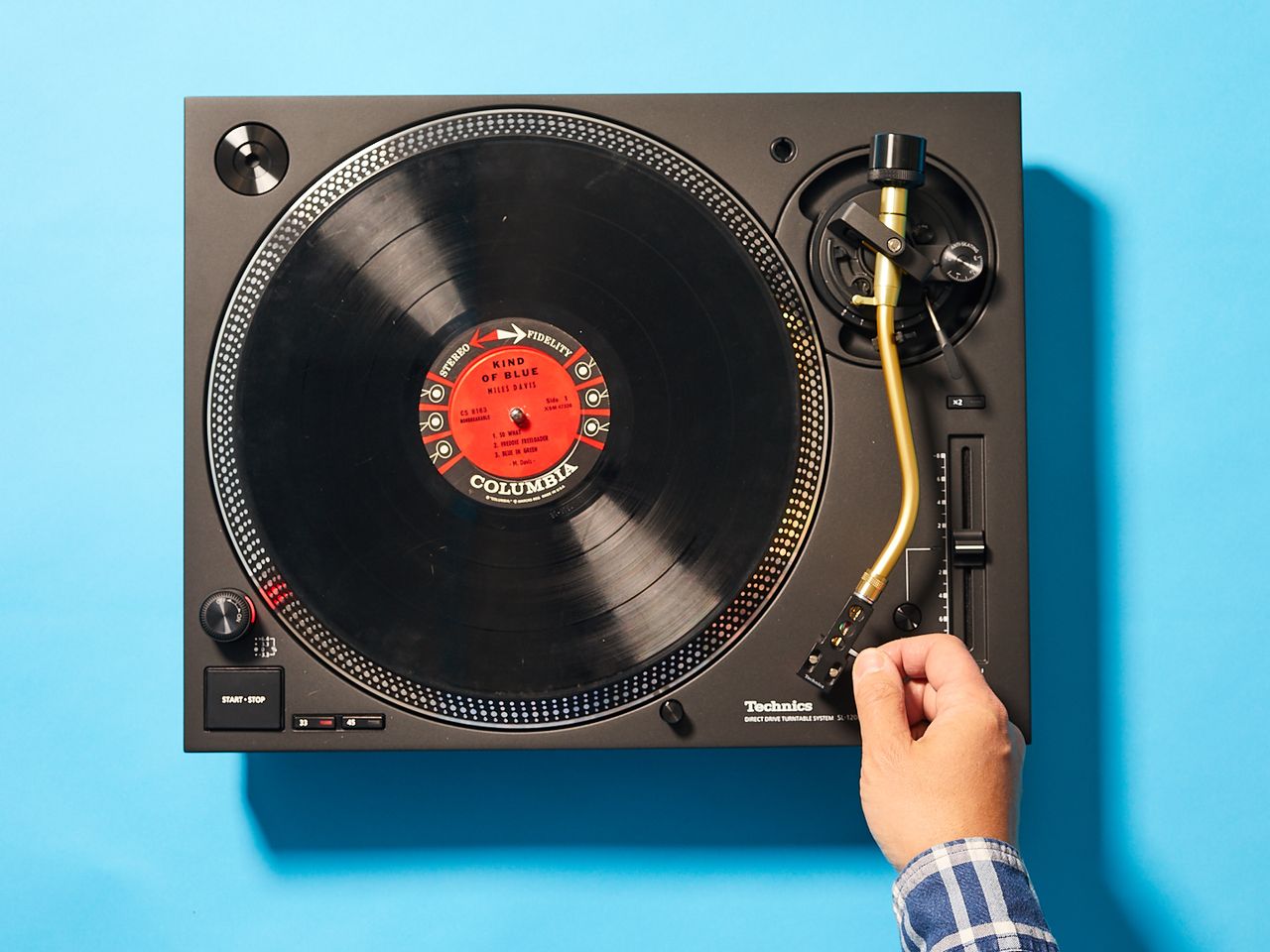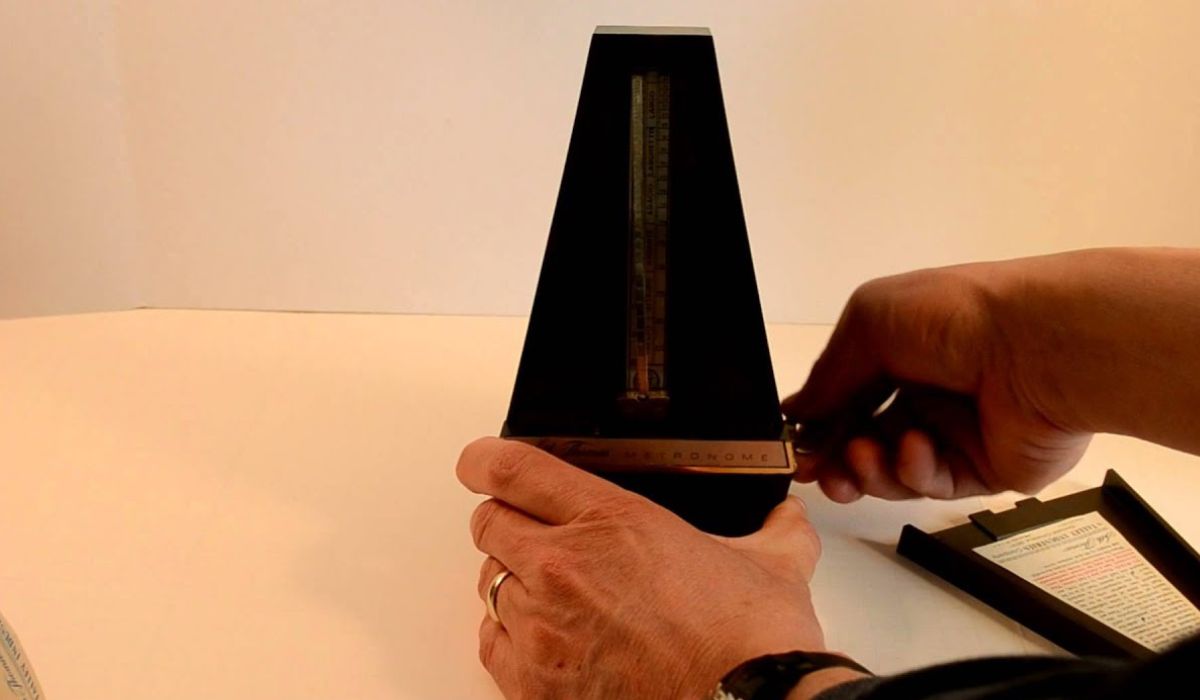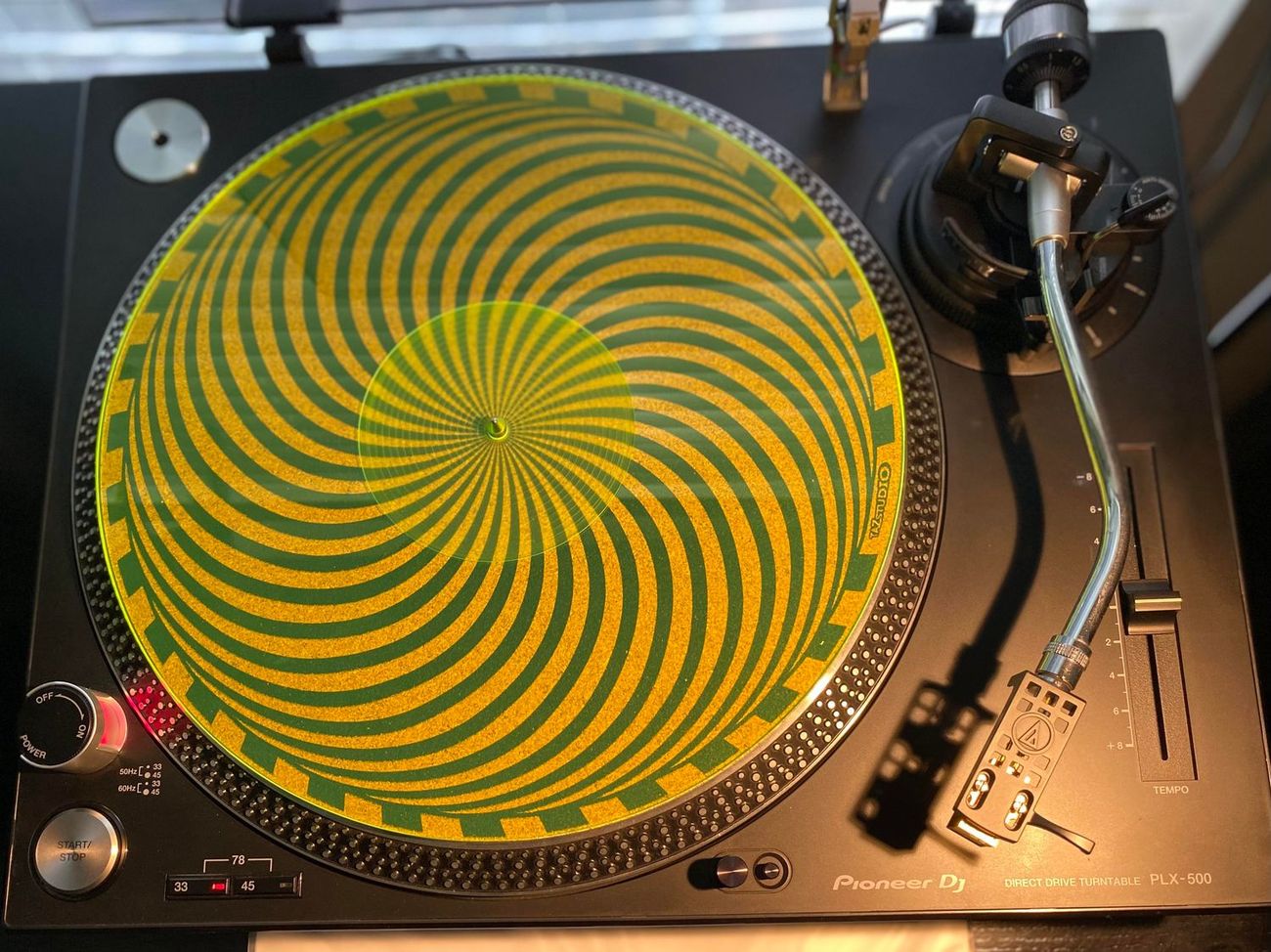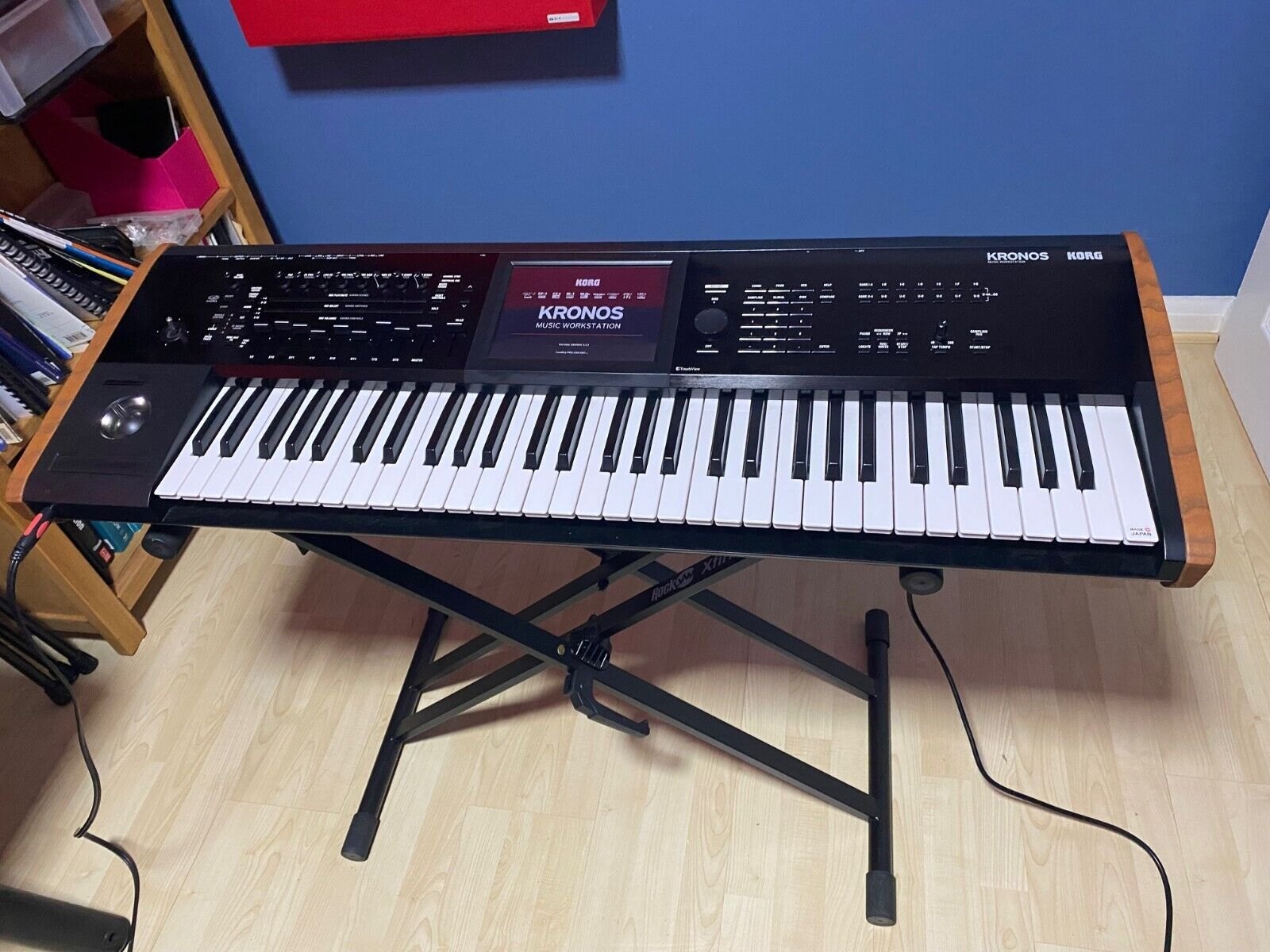Home>Devices & Equipment>Subwoofer>How To Fix Subwoofer Static Noise


Subwoofer
How To Fix Subwoofer Static Noise
Modified: January 22, 2024
Learn how to fix subwoofer static noise with these easy steps. eliminate unwanted disruption and enjoy perfect sound quality.
(Many of the links in this article redirect to a specific reviewed product. Your purchase of these products through affiliate links helps to generate commission for AudioLover.com, at no extra cost. Learn more)
Table of Contents
Introduction
Subwoofers are an essential component of any great audio system, providing powerful and deep bass that adds richness and depth to our favorite music, movies, and games. However, if you’re experiencing static noise coming from your subwoofer, it can be frustrating and significantly impact your listening experience.
Static noise in a subwoofer can be caused by a variety of factors, ranging from simple connectivity issues to more complex electrical or component problems. In this article, we will explore the common causes of subwoofer static noise and provide troubleshooting steps to help you fix the issue.
Whether you are a casual listener or an audiophile, knowing how to eliminate subwoofer static noise will ensure you can enjoy your audio system to its fullest potential. By following these troubleshooting tips, you can restore the crisp and clean sound that your subwoofer is meant to deliver.
So, if you’re ready to take control of the static noise plaguing your subwoofer, let’s dive into the causes and solutions to solve this problem once and for all.
Causes of Subwoofer Static Noise
Subwoofer static noise can be caused by various factors, and identifying the root cause is crucial for finding an effective solution. Here are some common culprits behind subwoofer static noise:
1. Poorly Shielded Cables: Inadequate shielding on audio cables can lead to interference from nearby electrical devices, causing static noise in the subwoofer. Ensure that you are using high-quality cables with proper shielding to minimize the risk of interference.
2. Ground Loop Interference: Ground loops can occur when there are multiple devices connected to a common ground or electrical circuit. This can result in static noise through the subwoofer. A ground loop isolator can help eliminate this issue by breaking the loop and isolating the audio signal.
3. Incorrect Gain and Volume Settings: Improperly set gain and volume levels can cause distortion and introduce static noise. It’s essential to set the gain and volume on your subwoofer and audio receiver to appropriate levels to avoid such issues.
4. Electrical Interference: Electrical interference from nearby appliances, lights, or electrical wiring can introduce static noise into the subwoofer. Ensure that your subwoofer is placed away from potential sources of electrical interference to minimize the problem.
5. Defective Components: Faulty components within the subwoofer, such as a damaged amplifier or a loose connection, can cause static noise. Inspect your subwoofer for any visible signs of damage and seek professional help if necessary.
By understanding the potential causes of subwoofer static noise, you can effectively troubleshoot and resolve the issue. In the next section, we will walk through the steps to identify and fix these problems, helping you restore the optimal audio quality from your subwoofer.
Troubleshooting Steps
When confronted with subwoofer static noise, it’s essential to follow a systematic approach to diagnose and fix the issue. Here are some troubleshooting steps to help you identify and resolve the problem:
1. Check Connections: Start by inspecting all audio connections between the subwoofer, audio receiver, and other audio sources. Ensure that the cables are securely plugged in and free from any damage. Sometimes, loose or faulty connections can introduce static noise.
2. Test Different Cables: If you suspect that the cables might be the cause of the static noise, try using different cables to connect the subwoofer to the audio receiver. High-quality, shielded cables can make a significant difference in reducing interference and static noise.
3. Use a Ground Loop Isolator: If you are experiencing ground loop interference, consider using a ground loop isolator. This device helps isolate the audio signal and effectively breaks the ground loop, eliminating the static noise caused by this issue.
4. Adjust Subwoofer Settings: Take a look at the settings on your subwoofer and audio receiver. Check the gain and volume levels to ensure they are appropriately set. Experiment with different settings to find the optimal balance that minimizes static noise.
5. Power Source: Check if your subwoofer and audio receiver are plugged into different power outlets, especially if they are on different circuits. Connecting them to the same power outlet or using a surge protector can help reduce electrical interference.
6. Check for Electrical Interference: Identify any potential sources of electrical interference near your subwoofer. Move the subwoofer away from appliances, fluorescent lights, or electrical wires to minimize interference and static noise.
7. Update Firmware and Drivers: If your subwoofer has firmware or software, make sure it is up to date. Manufacturers may release updates to address known issues and improve performance, including static noise reduction.
8. Seek Professional Help: If you have exhausted all troubleshooting steps without success, it may be time to seek assistance from a professional audio technician. They can diagnose and repair any faulty components within the subwoofer that may be causing the static noise.
By following these troubleshooting steps, you can identify and address most common issues that lead to subwoofer static noise. However, if the problem persists, professional help is recommended to resolve more complex problems. Now, let’s move on to specific solutions for some of the common causes of subwoofer static noise.
Checking Connections
One of the primary causes of subwoofer static noise is poor or faulty connections. Failing to establish proper connections between the subwoofer, audio receiver, and other audio sources can lead to unwanted interference and static noise. Here are some steps to check and ensure that your connections are secure:
1. Examine the Cables: Inspect all the audio cables connected to your subwoofer, audio receiver, and other audio sources. Look for any signs of damage, such as frayed or loose cables. If you notice any issues, replace the cables with new ones.
2. Securely Plug-In: Ensure that the cables are securely plugged into their respective ports. Give them a gentle tug to make sure they are snugly fit. Loose connections can result in static noise, so make sure all connections are properly tightened.
3. Clean the Connections: Over time, dust and dirt can accumulate on the connectors and ports, affecting the quality of the connection. Use a clean, dry cloth to wipe away any debris from the connectors and ports. This will ensure a clean and solid connection, minimizing the chances of static noise.
4. Consider Using Gold-Plated Connectors: Gold-plated connectors provide better conductivity and can help reduce static noise. If your current cables do not have gold-plated connectors, consider upgrading to cables that offer this feature.
5. Check Audio Source Connections: Verify that the audio sources, such as DVD players, game consoles, or media streaming devices, are properly connected to the audio receiver. Loose or incorrect connections on the source side can also introduce static noise to the subwoofer.
By carefully checking and ensuring that all connections are secure and free from damage, you can eliminate one of the most common causes of subwoofer static noise. If the issue persists after checking the connections, continue with the troubleshooting steps to narrow down the problem further.
Ground Loop Isolator
Ground loop interference is a common cause of subwoofer static noise. It occurs when multiple devices in an audio system are connected to a common ground, creating a loop that can result in unwanted noise. One effective solution to this problem is using a ground loop isolator. Here’s how it works:
A ground loop isolator is a small device that sits between the subwoofer and the audio receiver. It breaks the ground loop by isolating the audio signal, preventing the interference from reaching the subwoofer. This helps eliminate static noise and provides a cleaner audio output.
Here are the steps to use a ground loop isolator:
1. Determine the Type of Ground Loop Isolator: There are different types of ground loop isolators available, including 3.5mm audio jack isolators for smaller audio setups and RCA isolators for larger audio systems. Pick the appropriate one based on your specific setup.
2. Locate the RCA Inputs/Outputs: Identify the RCA inputs and outputs on your subwoofer and audio receiver. These are typically labeled as “Line In” or “Input” for the input side and “Line Out” or “Output” for the output side.
3. Disconnect the RCA Cables: Unplug the RCA cables from the subwoofer and the audio receiver.
4. Connect the Ground Loop Isolator: Connect one end of the RCA cables to the input side of the ground loop isolator. Then, connect the other end of the RCA cables to the output side of the ground loop isolator.
5. Reconnect the RCA Cables: Plug the RCA cables back into the subwoofer and the audio receiver, ensuring a secure connection.
6. Power on the System: Turn on the audio system and check if the static noise has been eliminated. If the issue persists, try repositioning the ground loop isolator or seek professional help.
Using a ground loop isolator can effectively break the ground loop and eliminate static noise caused by ground loop interference. It is a simple and affordable solution that can greatly improve the audio quality of your subwoofer.
However, it’s important to note that a ground loop isolator may not be necessary for every audio system. If you do not experience ground loop interference or static noise, there is no need to add a ground loop isolator to your setup. Nonetheless, it is a valuable tool to have on hand if interference issues arise in the future.
In the next section, we will explore how adjusting subwoofer settings can help resolve static noise problems.
Adjusting Subwoofer Settings
Sometimes, static noise in a subwoofer can be resolved by making adjustments to its settings. Incorrectly configured gain and volume levels can result in distortion and introduce static noise. Here are some steps to adjust subwoofer settings for optimal performance:
1. Locate the Subwoofer Controls: Familiarize yourself with the controls on your subwoofer. These typically include knobs or buttons for adjusting the gain, volume, crossover, and phase settings. Refer to the user manual if you are unsure about the specific controls and their functions.
2. Set the Gain Level: The gain control determines the input sensitivity of the subwoofer. Start by setting the gain control to the midpoint or a low setting. Gradually increase the gain while playing audio through the subwoofer until you achieve the desired bass level without distorting or introducing static noise.
3. Adjust the Volume: Ensure that the volume level of the subwoofer is balanced with the overall audio system. If the subwoofer volume is set too high, it can overpower other speakers and lead to distortion or static noise. Experiment with different volume levels to find the proper balance.
4. Set the Crossover Frequency: The crossover frequency determines the point at which the subwoofer takes over the bass reproduction from the main speakers. Adjusting the crossover frequency can help ensure a seamless transition between the subwoofer and the main speakers, minimizing distortion and static noise. Start with a higher crossover frequency and gradually lower it until you achieve a smooth blend with your main speakers.
5. Check the Phase Alignment: The phase control adjusts the timing of the subwoofer’s output relative to the main speakers. Ensure that the phase is set to 0 or 180 degrees, depending on which setting produces a cleaner and more accurate bass response. Experiment with the phase control to find the optimal setting that reduces static noise.
6. Test Different Equalizer Settings: Some subwoofers have built-in equalizer settings or presets. Experiment with these settings to find the one that delivers the best bass response without introducing static noise.
By carefully adjusting the settings on your subwoofer, you can optimize its performance and minimize static noise. Take your time to fine-tune the gain, volume, crossover, phase, and equalizer settings until you achieve the desired audio quality.
If adjusting the subwoofer settings does not resolve the static noise issue, it may be necessary to inspect the components of the subwoofer for any potential faults or damages. We will explore this further in the next section.
Replacing or Repairing Subwoofer Components
If you have gone through the previous troubleshooting steps and the static noise in your subwoofer persists, it may indicate a potential issue with one or more components of the subwoofer. In such cases, you may need to consider replacing or repairing these components. Here are some steps to help you with this process:
1. Identify the Problematic Component: Start by narrowing down the faulty component by carefully inspecting the subwoofer. Look for any visible signs of damage, such as burnt capacitors, loose connections, or damaged speaker cones. Pay attention to any strange sounds or smells that may give you an indication of the problematic component.
2. Contact the Manufacturer: If your subwoofer is still under warranty, reach out to the manufacturer for assistance. They may be able to guide you through the troubleshooting process or offer advice on how to repair or replace the faulty components.
3. Seek Professional Help: If you are unsure about diagnosing or repairing the subwoofer components yourself, it is recommended to seek assistance from a professional audio technician. They have the necessary expertise and equipment to identify and resolve complex issues. They can also guide you on where to source replacement components if needed.
4. Replace Damaged Components: If you have identified a specific faulty component, such as a damaged amplifier, speaker cone, or crossover, you can attempt to replace it yourself if you have the necessary skills and tools. Consult the subwoofer’s user manual or contact the manufacturer for guidance on sourcing and replacing the component.
5. Consider Upgrading: If repairing the subwoofer’s components seems difficult or not cost-effective, you may want to consider upgrading to a new subwoofer. Technology and design advancements in subwoofers can provide better sound quality and performance, eliminating the static noise issue altogether.
Remember, attempting to repair or replace components in your subwoofer can be complex and may void any warranty. If you are uncertain about your skills or the potential consequences, it is always better to seek professional assistance.
In some cases, static noise in a subwoofer may persist even after repairing or replacing components. This could indicate an underlying issue with the electrical system or interference from external sources. If this is the case, consulting an audio specialist is highly recommended.
In the next section, we will provide a summary of the troubleshooting steps and the importance of addressing static noise in a subwoofer.
Conclusion
Dealing with static noise in a subwoofer can be frustrating, but by following the troubleshooting steps outlined in this article, you can identify and resolve the issue. Whether it’s checking connections, using a ground loop isolator, adjusting subwoofer settings, or replacing faulty components, each step brings you closer to enjoying the crisp and clear bass your subwoofer is capable of delivering.
Remember to start with the basics, such as checking cables and connections, before moving on to more complex solutions. Sometimes, a simple fix like repositioning the subwoofer or using better-quality cables can eliminate static noise. However, if the problem persists, don’t hesitate to seek professional assistance to avoid causing further damage or voiding any warranties.
Eliminating static noise not only improves your listening experience, but it also ensures that you get the full potential from your subwoofer. By troubleshooting and addressing the underlying causes, you can restore the audio quality and enjoy immersive bass that brings your music, movies, and games to life.
In summary, remember these key points when dealing with subwoofer static noise:
– Check and secure all audio connections to eliminate loose or faulty connections.
– Use a ground loop isolator if you experience ground loop interference.
– Adjust subwoofer settings, such as gain, volume, crossover, and phase, to find the optimal balance.
– Consider replacing or repairing faulty subwoofer components under professional guidance if necessary.
Finally, always prioritize safety and consult professionals when in doubt. By proactively tackling subwoofer static noise, you can enhance your audio experience and enjoy deep, immersive bass without any unwanted distractions.
Now, take the tips and techniques learned here and get ready to enjoy your subwoofer to the fullest!




